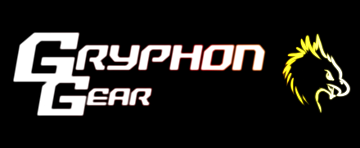Just looked at the tips and can confirm what Kubby is saying

it really is a mixed bag you need to improve on. Here some comments:
Use a higher cam profile for high revving engines, and a low cam profile for low revving engines.
(On average the case, but not implied)Heavier engine parts will run less stable at higher rpm.
(What does stable even mean? Less smooth? Less reliably? The statement doesn't make much sense.)Trying to make a really economical engine? Try using Inline-4 engines.
(Engine economy has nothing to do with engine type.)Want decent power from a small engine? Use turbos or superchargers.
(True, but that's only one way of doing that.)Always try to keep your RON just under your fuel octane level for best performance.
(True.)Higher rpm limits will drastically reduce your engines’ reliability.
(Not "drastically" if your engine is capable of higher RPM.)The wider the lines on the turbo graph, the better it will perform.
(I don't even know what that is supposed to mean?)Try adding more boost to your turbo for some added power, but remember: more boost (thus air) requires more fuel!
(Yes, but that's not as relevant as needing more octane.)Try using VVL for more economy on a powerful engine.
(True.)Crossplane V8’s have more torque, but Flatplanes are smoother
(Double wrong. Flatplanes have slightly higher exhaust efficiency, thus more torque. Crossplane engines are smoother.)Want a smooth engine? Try an Inline-6.
(True. Also applies to V12, B4 and B6 engines.)Thinner tyres are more economical, but also give less traction.
(That's a relatively small effect in the realm of reasonable tires, the grip statement is obvious. Pointing out costs and service costs would be more useful.)Using a lower cam profile can significantly increace economy.
(True.)








